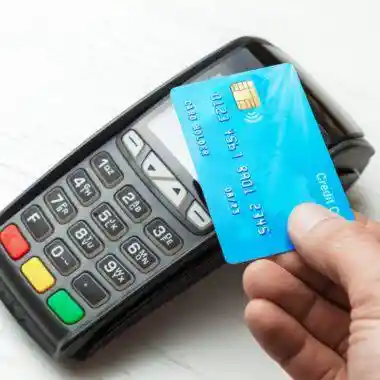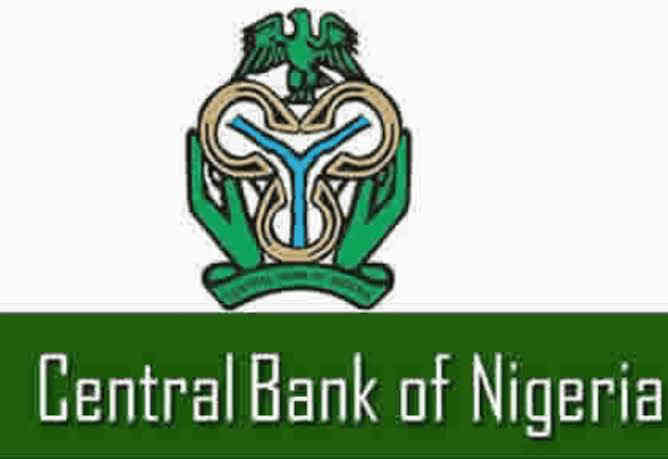The CBN has issued new guidelines on Contactless payments. This article will educate you on what you need to know about contactless payment.
What is Contactless Payment?
A contactless payment is a wireless financial transaction in which the customer makes a purchase by moving a security token in close proximity to the vendor’s point of sale (POS) reader.
Contactless payment refers to a payment method that allows transactions to be made without the need for physical contact between payment instruments (such as cards, stickers, wearable devices, or mobile devices) and payment terminals. It utilises contactless technology, which enables secure and convenient transactions by simply tapping or waving the payment instrument near the contactless-enabled terminal. Contactless payments offer users an alternative cashless option that is easy, efficient, and convenient, providing a seamless experience for making purchases.
Contactless Payment is a payment that involves the use of a token or without your cards having physical contacts with ATM or POS machines.

Here are 15 facts about the new CBN policy on contactless payments in Nigeria:
1. The Central Bank of Nigeria (CBN) released new guidelines for contactless payments in the country.
2. The daily cumulative transaction limit for contactless payments is set at N50,000.
3. The limit for single transactions through contactless payments is N15,000.
4. Transactions exceeding the prescribed limits require appropriate verification and authorization.
5. Existing KYC requirements and limits for electronic payment channels apply to high-value contactless payments.
6. Transactions above the daily cumulative limit must be conducted using contact-based technology.
7. Banks have the authority to determine transaction and daily cumulative limits for contactless payments.
8. Stakeholders, including banks and payment service providers, can set their own limits aligned with the bank’s limits.
9. Contactless payment transactions below the stipulated limits may not require customer authorization (e.g., PIN, token, or biometrics).
10. Higher-value contactless payments above the limits require customer verification, such as a PIN, mobile code, or biometric identifier.
11. A risk-based approach is employed to set volume and transaction limits for contactless payments.
12. Customer risk levels are determined based on the KYC due diligence conducted during the customer onboarding process.
13. Customers have the option to specify their own limits for contactless transactions, as long as they don’t exceed the bank’s maximum limits.
14. Requests for transactions above the maximum limit must be made in writing to the bank and include an indemnity reflecting the associated risks.
15. The guidelines aim to ensure the safety and stability of the Nigerian Financial system in line with the CBN’s mandate and regulatory powers.
These facts provide an overview of the key aspects of the CBN’s new policy on contactless payments. For detailed information and specific provisions, it is advisable to refer to the official circular.
What is the new CBN policy? Benefits and bad sides of CBN withdrawal limit
CBN Contactless Payment Guidelines
The Central Bank of Nigeria (CBN) has issued new guidelines pertaining to contactless payments in the country. These guidelines establish limits for daily cumulative transactions and single transactions. The circular, signed by Musa Jimoh, the director of the CBN’s Payments and Systems Management Department, was recently distributed to banks, financial institutions, and payment service providers.
According to the circular, contactless payments are subject to a daily cumulative transaction limit of N50,000 and a limit of N15,000 for individual transactions. In the case of high-value contactless payments that surpass these limits, appropriate verification and authorization procedures must be followed. Existing Know Your Customer (KYC) requirements and limits applicable to electronic payment channels are to be enforced. Transactions exceeding the daily cumulative limit specified shall be conducted using contact-based technology.
The guidelines further stipulate that banks are responsible for determining suitable transaction and daily cumulative limits for contactless payments. Stakeholders are allowed to establish limits that align with those set by the bank.
For contactless payment transactions falling below the prescribed limits, customers may not need additional authorization methods such as a PIN, token, or biometrics. Conversely, higher-value contactless payments necessitate customer verification, which may involve the use of a PIN, mobile code, biometric identifier, or similar means.
Stakeholders are instructed to adopt a risk-based approach when defining volume and transaction limits for contactless payments. The level of risk associated with a customer should be determined based on the KYC due diligence performed during the onboarding process.
Customers should have the option to specify transaction value limits, provided they do not exceed the maximum limits set by the bank. If customers desire to perform transactions exceeding the maximum limit, they must submit a written request to the bank and provide an indemnity that acknowledges the associated risks. The bank will grant approval based on its internal risk management policies.
Domiciliary Account: CBN Unveils Six Guidelines, Lifts Restrictions
The CBN emphasises that the issuance of these guidelines aligns with its mandate to ensure the safety and stability of the Nigerian Financial System. The guidelines also aim to foster a resilient and stable payments system, in accordance with Section 2(d) of the CBN Act 2007 and Section 56(2) of the Banks and Other Financial Institutions Act (BOFIA) 2020.
Contactless technology facilitates payment methods that do not require physical contact with devices. It offers users an easy, convenient, and efficient cashless payment option. Examples of contactless payment instruments include prepaid, debit, and credit cards; stickers; fobs; wearable devices; tokens; and mobile electronic devices. Contactless-enabled payment terminals interact with these devices to facilitate seamless payments.







